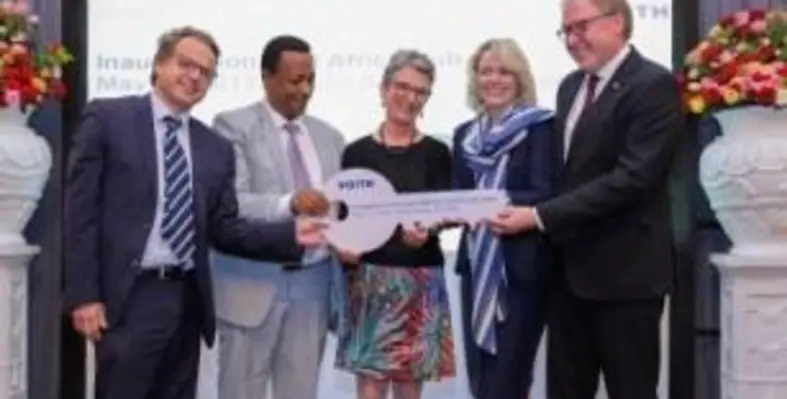Voith has opened its new East Africa Hub in Addis Ababa, aiming to highlight its active contribution to the development of electricity generation from hydropower in East Africa
With this, the technology group will be planning and coordinating projects in nine countries in the east of the continent from this new facility.
In his opening address, Uwe Wehnhardt, CEO of Voith Hydro and member of the corporate management board, emphasised the enormous potential of hydropower in the region.
Wehnhardt said that Voith will work with customers and investors to continue to play an active role in developing a sustainable energy supply in Africa. In this context, Voith will also coordinate training measures from Addis Ababa. The purpose of the training is to pass on the company's extensive expertise in hydropower to local experts.
Speaking about opening up the new hub in Ethiopia, Wehnhardt explained, “Good market conditions and the proximity to our customers and partners, as well as the hydropower market potential and impressive economic development in recent years, make Ethiopia an ideal base for our new site.”
“Due to the longstanding history of hydropower projects in Ethiopia, there are a large number of well-trained experts in the country. Some of these experts are now supporting us in our new East Africa Hub,” said Wehnhardt. The good logistics are also a point in favour of Ethiopia. For example, all the countries serviced including Egypt, Kenya, Sudan, South Sudan, Rwanda, Tanzania, Uganda and Zambia can be reached by direct flights.
Already, Ethiopian hydropower plants with Voith technology are supplying up to 900,000 households in the country with clean, sustainable electricity. One of these power stations is Gilgel Gibe I, which went onto the grid in 2004. Its three Francis turbines from Voith have a capacity of more than 180MW. For the Gilgel Gibe II power plant, Voith also supplied four Pelton turbines and generators and the electrical and mechanical equipment. It also trained the power plant personnel. Before Gilgel Gibe II was operational, only 15 per cent of Ethiopian villages had electricity. Nowadays half of all rural communities are connected to the grid.






